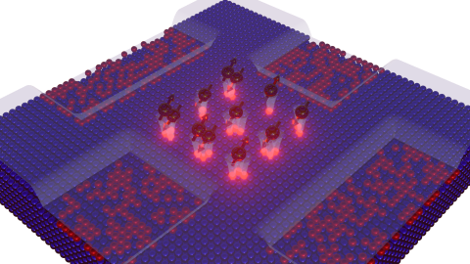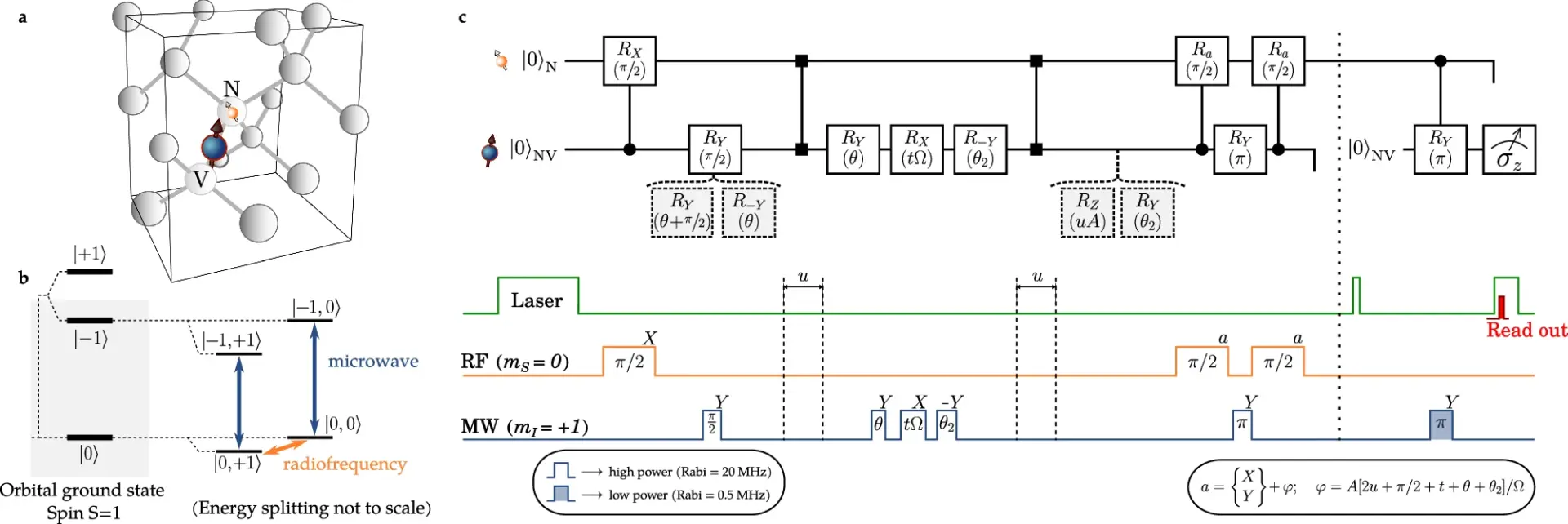Scientists at the National Institute of Standards and Technology (NIST) have developed grids of quantum dots—tiny clusters of atoms—to study electron behavior in controlled environments. Their work, published in Nature Communications, demonstrates how these simplified systems can provide crucial insights into electron properties that would be challenging to observe in complex real-world materials.
The researchers created 3×3 grids of quantum dots containing one to three phosphorus atoms each. By connecting electrical leads to these grids, they could observe electron flow under various conditions. This setup allowed them to witness quantum mechanical effects in a nearly ideal environment, free from the complications typically found in actual materials.
When adjusting the spacing between dots, the researchers observed fascinating behavior. In closely-spaced grids, electrons displayed wavelike properties, existing simultaneously in multiple locations. When dots were positioned farther apart, electrons sometimes became trapped in individual dots, mimicking the behavior of electrons in insulating materials.
These findings represent more than just fundamental research. Advanced versions of these quantum dot grids could function as “analog quantum simulators,” providing detailed insights into exotic materials like high-temperature superconductors that even the most powerful conventional computers cannot accurately model. They might also guide the development of new materials with specialized properties by manipulating the geometry of quantum dot arrays.
In related research published in ACS Nano, the team refined their fabrication technique to create arrays of perfectly identical, evenly spaced dots containing exactly one atom each. This advancement creates even more ideal conditions for accurate quantum simulation. Looking forward, the researchers aim to develop larger 5×5 arrays that could demonstrate electron behaviors impossible to simulate using even advanced supercomputers.
Reference: Xiqiao Wang, Ehsan Khatami, Fan Fei, Jonathan Wyrick, Pradeep Namboodiri, Ranjit Kashid, Albert F. Rigosi, Garnett Bryant, Richard Silver. Experimental realization of an extended Fermi-Hubbard model using a 2D lattice of dopant-based quantum dots. Nature Communications, 2022; 13 (1) DOI: 10.1038/s41467-022-34220-w





